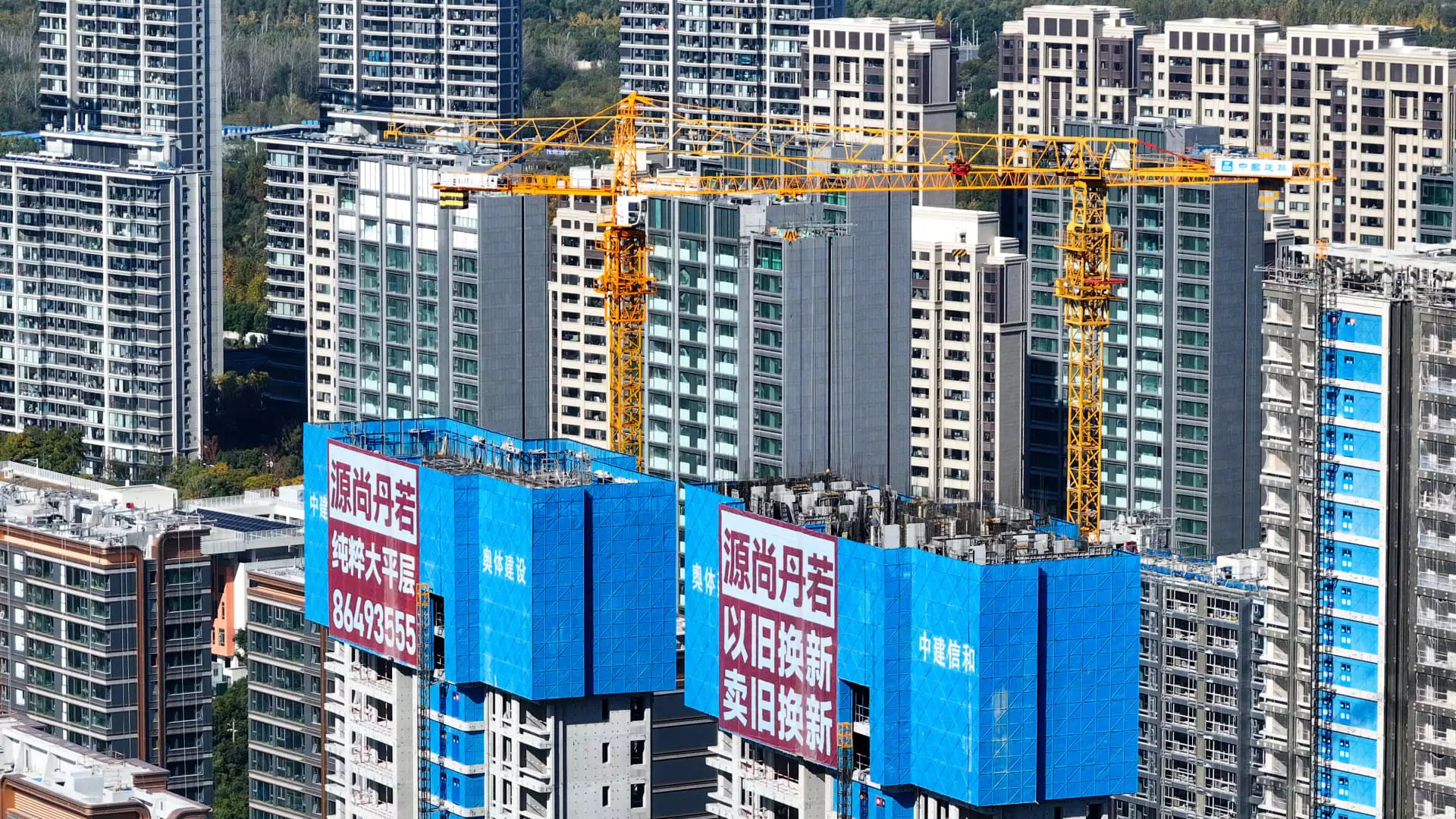As the world’s second-largest economy, China’s growth trajectory has always been a focal point for global markets. Recent data and company earnings reveal a hesitant recovery, indicating that the ambitious stimulus measures initiated by Beijing have not yet translated into widespread growth. Although there are signs of improvement in specific sectors such as real estate and manufacturing, the broader economic landscape remains one of caution.
Since the end of September, the Chinese government has implemented a series of stimulus measures aimed at reigniting economic growth. However, the effects of these efforts appear to be taking time to materialize. Major companies like Meituan, the leading food delivery service, have expressed a restrained outlook during their recent earnings calls. While noting improvements, they also pointed out that the average order value in their travel booking segment declined compared to previous months.
Meituan’s CFO, Shaohui Chen, emphasized that the positive outcomes of these policies might not be realized immediately. There seems to be a consensus among executives in the tech and e-commerce sectors—including Alibaba and Tencent—that the path to renewed growth will be gradual. This cautious tone illustrates a collective recognition that immediate results from stimulus efforts are unlikely.
The ramp-up in spending reflects an official target of around 5% economic growth for the current year, along with a similar aspiration for the following year. However, balancing robust growth with financial stability remains a priority for the Chinese government. Gabriel Wildau, managing director at Teneo, articulated that while economic recovery is sought, national security and technological self-sufficiency remain at the forefront of China’s strategic aims. These dual objectives can complicate the economic recovery plans, as the government navigates a path that satisfies both economic aspirations and geopolitical concerns.
Indicators for November suggest that while certain aspects of the economy are improving, the impact on employment is still lagging. The Caixin purchasing managers’ index for manufacturing revealed growth, reaching a score of 51.5—the highest since June. However, employment in the manufacturing sector contracted for three consecutive months, showcasing that the effects of the economic stimulus have yet to penetrate the labor market effectively.
Senior economist Wang Zhe from Caixin Insight Group expressed concern over these employment trends, stating that businesses’ confidence in expanding their workforce needs to be nurtured further. Recognizing that the downturn may have reached its lowest point, experts are calling for stronger measures to ensure a solid rebound, particularly in light of potential external uncertainties.
Adding to the challenges faced by China’s recovery is the ongoing geopolitical tension, particularly with the U.S. The recent restrictions imposed on Chinese chipmakers and the proposed tariffs on Chinese imports signal a rising geopolitical temperature that could complicate economic strategies. Market experts, such as those at the China Beige Book, have noted that the ongoing geopolitical issues contribute to a complex landscape, where businesses remain wary amidst the backdrop of potential conflict.
Despite these hurdles, a recent survey indicated an uptick in retail spending and home sales compared to the previous year. Firms appear to be responding to the stimulus measures, although there is skepticism regarding their sustainability without a consistent pledge for future support.
The Chinese Ministry of Finance has hinted at more fiscal support in the upcoming year, which could help solidify any nascent recovery. With China’s annual economic planning meeting on the horizon, stakeholders and investors are keenly awaiting further details that could shape the direction of economic policy.
While there are encouraging signs of growth in specific sectors, the overall economic landscape in China remains precarious. Caution prevails as companies navigate a slow recovery influenced by government policies, external pressures, and the fragile state of the labor market. The journey toward a robust recovery will undoubtedly require a careful balancing act on the part of the Chinese government, as they aim to meet both internal and external demands in the complicated arena of global economics.

